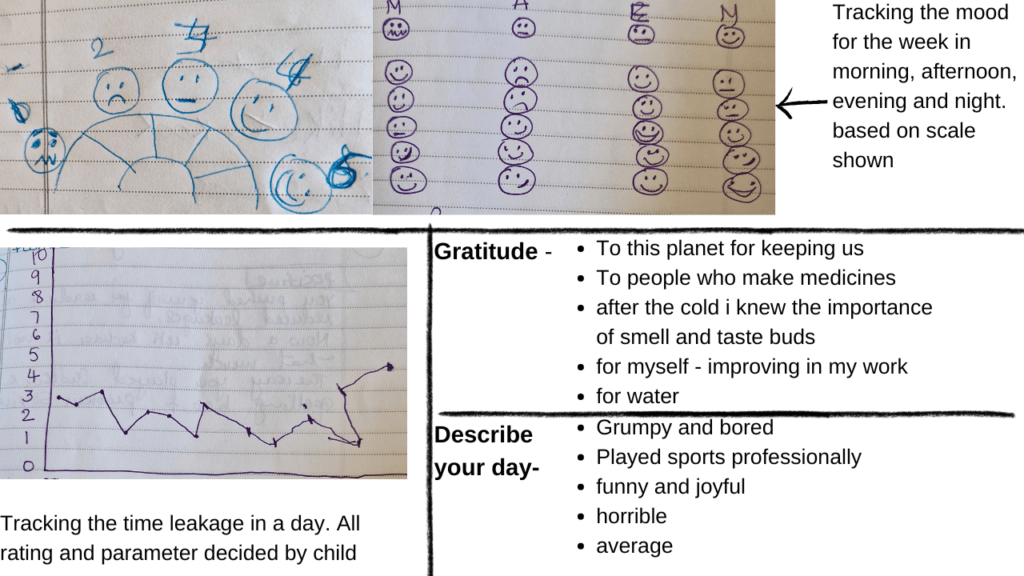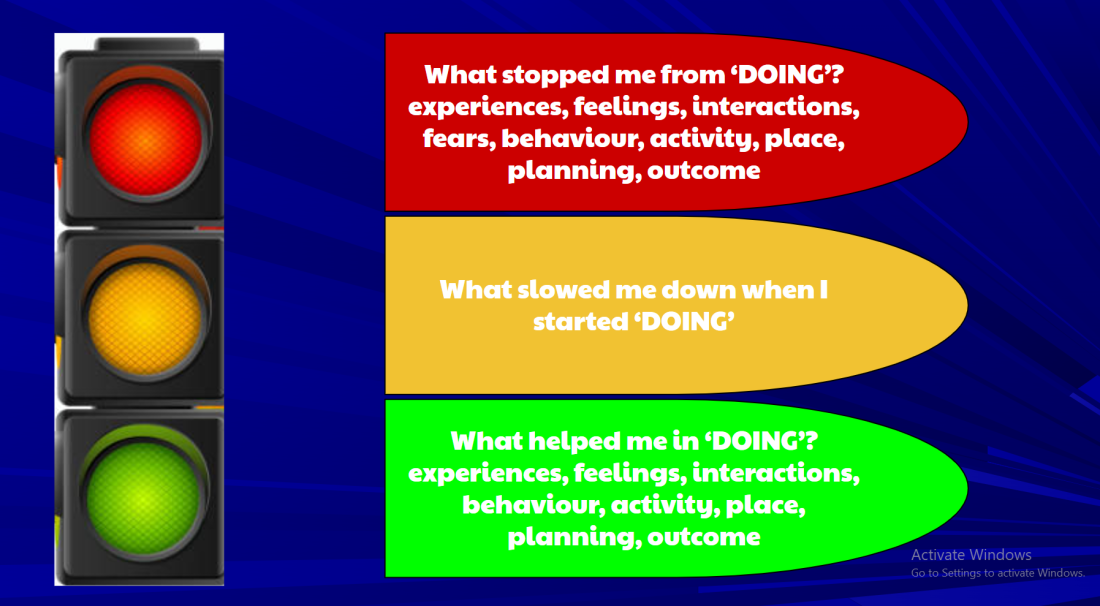Do we need to reflect only in terms of our success or failures. Can we use reflective practice just to bring self-awareness and being more observant of ourselves. How about getting deeper insight of our day? Self-reflection opens up new windows to provide a better view of ourselves.
Like many others, I began 2024 brimming with resolutions. However, by January 10th, the allure of a fresh start had waned. I settled back into a familiar daily routine. Weeks turned into months, and the unsettling feeling of wasted time loomed larger with each passing day. I was concerned about my investment of time and effort in my day.
How We Spend Our Days Is How We Spend Our Lives
-Annie Dillard
Despite diligently working, I felt a disconnect between my efforts and the time they consumed. It was as if my days evaporated without a trace. That is when I started reflecting on my day. The reflective practice wasn’t about achieving specific goals; it was about cultivating self-awareness.
The power of reflection resonated with my family, and soon, we were all tracking our daily activities. Gradually, we broadened our observations to reflect on a wider range of experiences.
- Celebrating Victories: What brought us joy that day?
- Embracing Growth: What new things did we learn?
- Letting Go: What burdens did we choose to release?
- Sparking Imagination: What possibilities ignited our minds?
- Fueling Our Fire: What activities energized us?
The list grew, and with it, our sense of self-awareness deepened. The focus shifted away from achieving specific outcomes and towards simply being present in the moment, acknowledging our actions, thoughts, and emotions.
The reflective process has two key components: “What” and “How.”
- What to Reflect On: This involves setting prompts in advance or reflecting retrospectively on established parameters. Here is a detailed article to understand reflective process.
- How to Reflect: Reflection goes beyond mere conversation or journaling. We discovered a wealth of creative techniques that fostered deeper exploration. Here is an article to understand various way to reflect.
We’re accustomed to thinking of investments in financial terms. But aren’t our days, in essence, investments too? We pour our time, emotions, effort, and energy into every thought and action. At the end of the day/ week/month we gain some and we lose some. Let’s explore how we tracked our investments as a family.
We incorporated the following parameters into our daily reflections:
- Time Invested: We tracked time spent on major activities, including “leisure time” (time invested in not doing anything!).
- Energy Expenditure: We assessed our energy levels throughout the day, identifying activities that energized or depleted us.
- Effort Exerted: We evaluated the level of effort put into different tasks, acknowledging where we exerted ourselves and where we could have done more.
- Emotional Journey: We explored the emotions we experienced throughout the day.
Check this to understand how at Aarohi we track the progress
Here are some examples of how we applied various reflection techniques to each parameter:
Time:
- Time Jars: We used containers of various sizes to represent different time slots and categorized activities accordingly.
- Charts: We created visual representations of our time investments using pie charts, bar charts, or pyramids.

Energy:
Snake and Ladder Board: Activities that boosted our energy were represented by ladders, while those that drained it were represented by snakes.
Energy Food: We assigned favorite food items to activities that energized us and less appealing items to draining activities.
Energy Trees: We created a tree and used leaves of different colors to represent varying energy levels during activities.
Effort:

Buckets from a Well: Empty buckets represented minimal effort, while full buckets represented maximum effort.
Effort Thermometer: We designed a thermometer where different temperature levels corresponded to varying degrees of effort (e.g., “Ice Cold” for minimal effort and “Boiling Hot” for maximum effort).
Emotions:
Mood Boards/Wheels: We listed various emotions on paper, allowing individuals to pin or dart the emotions they felt throughout the day.
Feelings Timeline: We created timelines to track the emotions experienced throughout the day.
Emotions Rainbow: We associated various feelings with different colors of the rainbow.
Mood Meter: Check various emotions on a scale throughout the day

Below are a few common activities that can be used for any category
- Using Bingo boards
- Storytelling
- Role-playing
- Journaling / picture journaling
It’s important to remember:
- Reflection is a tool for self-awareness, not a forum for critique from others. Group members should offer unsolicited advice only when requested.
- There’s no “right” or “wrong” way to reflect. However, open-ended prompts are generally more effective than highly specific ones.
- Individuals should define their own criteria for achieving or missing a goal.
In conclusion, daily reflection offers a powerful tool for cultivating self-awareness and understanding our investments of time, effort, energy, and emotions. By engaging in thoughtful introspection, we can gain valuable insights into our lives, identify areas for improvement, and ultimately live more fulfilling and purposeful lives. Whether through visual representations, creative expression, games, or reflective questions, the practice of reflection can be a rewarding.
Following is video of weekly reflection done by Aarohi community
